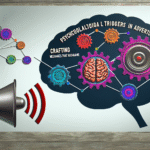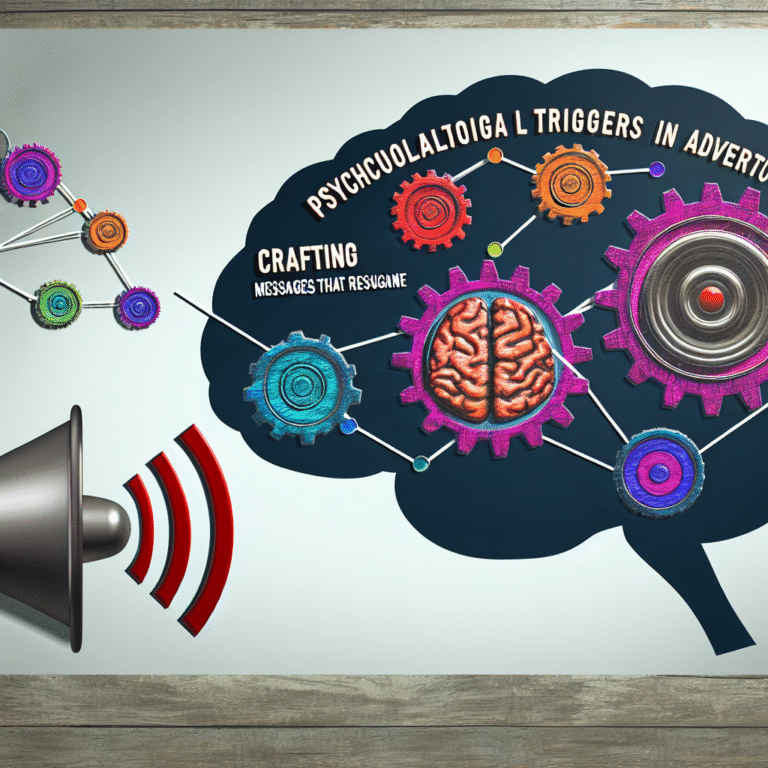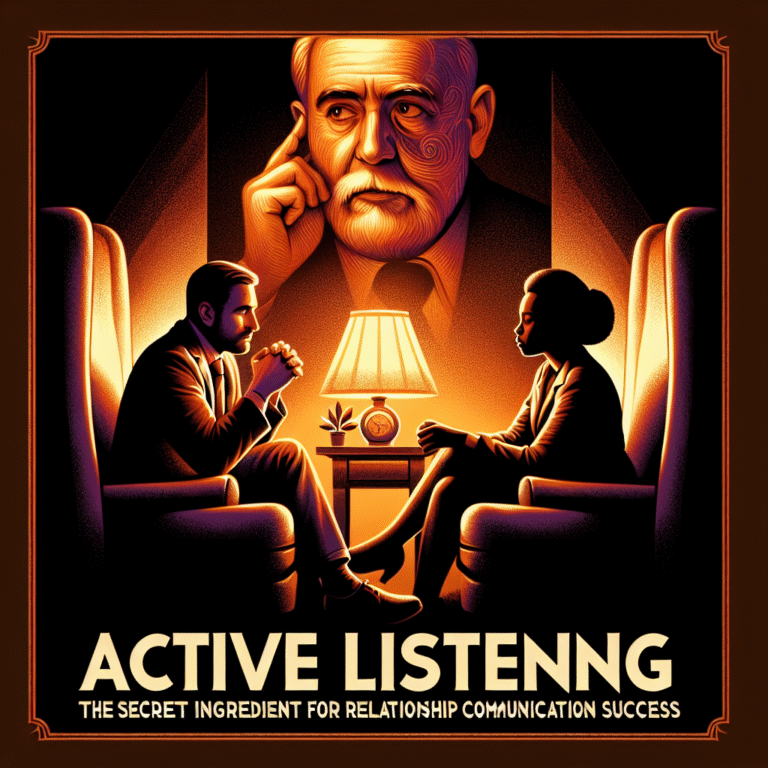
From Anxiety to Empowerment: Proven Behavioral Strategies for Phobia Management
Introduction
Imagine your heart racing, palms sweating, and mind spiraling with thoughts just at the mere thought of facing your phobia. Whether it’s an overwhelming fear of heights, spiders, or social situations, phobias can significantly hinder daily life. Yet, there’s hope! In this article, we’ll journey through powerful behavioral strategies designed to transform your anxiety into empowerment. Discover how these strategies can help you reclaim control, allowing you to live a more liberated and fulfilling life. Welcome to a transformation from anxiety to empowerment: behavioral strategies for phobia management.
Understanding Phobias
What is a Phobia?
A phobia is an intense, irrational fear of specific objects, situations, or activities that leads a person to avoid them at all costs. Unlike general anxiety, phobias can provoke severe distress and interfere with one’s day-to-day activities. According to the American Psychiatric Association, nearly 12.5% of adults in the U.S. experience a phobia at some point in their life. Understanding the nature of phobias is the first step in moving from anxiety to empowerment: behavioral strategies for phobia management.
The Science Behind Phobias
Phobias are often rooted in earlier experiences or learned behaviors. For instance, an individual who faced a traumatic event involving a dog may develop a phobia of all dogs. This fear is perpetuated by anxiety responses that occur when confronted with the phobic stimulus. Understanding the physiological responses involved can demystify the experience and pave the way for effective behavioral strategies.
Fight or Flight Response
The body’s fight-or-flight mechanism triggers the release of adrenaline and cortisol, preparing us for perceived threats. Unfortunately, this response can become maladaptive in those with phobias, leading to uncontrollable anxiety without real danger. Recognizing this response is crucial to our approach in moving from anxiety to empowerment: behavioral strategies for phobia management.
Effective Behavioral Strategies for Phobia Management
Gradual Exposure Therapy
One of the most effective methods of addressing phobias is gradual exposure therapy. This strategy involves slowly and systematically exposing individuals to their fear in a controlled and safe environment. By starting with less threatening scenarios and gradually working up to the more fear-inducing situations, individuals can learn to face their fears without overwhelming distress.
Case Study: Sarah’s Journey with Arachnophobia
Sarah had an intense fear of spiders that had her avoiding outdoor activities for years. With the help of a therapist, Sarah began her exposure therapy with pictures of spiders. Each week, she increased her exposure, eventually watching videos of spiders and then observing them in a controlled environment. Over time, Sarah’s fear diminished significantly, showcasing the effectiveness of this strategy in transforming her anxiety into empowerment.
Cognitive Behavioral Therapy (CBT)
Cognitive Behavioral Therapy is another powerful tool that focuses on changing negative thought patterns and beliefs associated with phobias. Through CBT, individuals learn to identify irrational thoughts and replace them with healthier, more rational ones.
Implementing CBT Techniques
- Thought Records: Keeping a record of fearful thoughts can help in understanding triggers and rationalizing them.
- Reframing: This involves taking a fearful thought, assessing its reality, and replacing it with a constructive perspective.
With consistent practice, individuals can change their relationship with their phobias, aiding their journey from anxiety to empowerment: behavioral strategies for phobia management.
Mindfulness and Relaxation Techniques
Incorporating mindfulness and relaxation techniques can significantly reduce anxiety levels leading up to exposure. Techniques such as deep breathing, progressive muscle relaxation, and meditation help ground individuals and regulate physiological responses to fear.
Mindfulness Exercise: The 5-4-3-2-1 Grounding Technique
This technique helps individuals anchor themselves in the present.
- 5 things you can see
- 4 things you can touch
- 3 things you can hear
- 2 things you can smell
- 1 thing you can taste
Case Study: John’s Social Phobia
John struggled with social anxiety to the point of avoiding gatherings and public speaking. Through mindfulness training and regular practice of the 5-4-3-2-1 technique, John learned to calm his racing mind before social events. Over six months, he attended numerous social gatherings, experiencing less anxiety and even forming new friendships.
The Role of Support Systems
Building a Supportive Network
Having a supportive network is crucial in managing phobias. Friends, family, or support groups provide encouragement and understanding that can help in navigating challenging situations. Sharing experiences with others who face similar fears can foster a sense of belonging and empowerment.
Case Study: Support Group in Action
A support group focused on overcoming fear of flying met weekly. Members shared their stories, offered feedback, and eventually traveled together on a short flight. The collective empowerment transformed fear into exhilarating experiences, illustrating the power of community in moving from anxiety to empowerment: behavioral strategies for phobia management.
Tables and Data on Phobia Management Strategies
Here’s a table summarizing various phobia management strategies along with their main attributes and effectiveness:
| Strategy | Description | Effectiveness | Ideal for |
|---|---|---|---|
| Gradual Exposure Therapy | Step-by-step exposure | High | Various specific phobias |
| Cognitive Behavioral Therapy (CBT) | Changing thought patterns | High | General anxiety and phobias |
| Mindfulness Techniques | Grounding and relaxation techniques | Moderate | Pre-exposure anxiety |
| Support Groups | Community sharing and support | High | Various phobias |
Conclusion
In conclusion, the journey from anxiety to empowerment is one of resilience and strength. By employing actionable behavioral strategies such as gradual exposure therapy, cognitive behavioral therapy, mindfulness techniques, and building a supportive network, individuals can effectively manage their phobias. Remember, the path may be challenging, but with each step taken, you can reclaim your power and achieve a sense of freedom and joy previously thought unattainable. Take the first step today: your journey from anxiety to empowerment: behavioral strategies for phobia management starts now!
FAQs
1. What is the difference between a phobia and general anxiety?
Answer: A phobia is a specific, irrational fear of a particular object or situation, leading to avoidance and distress. General anxiety, on the other hand, refers to a more generalized feeling of unease, worry, or tension that isn’t tied to a specific stimulus.
2. How long does it take to effectively treat a phobia?
Answer: The duration of treatment varies based on the individual’s commitment, the severity of the phobia, and the chosen treatment method. With proper support and active participation, significant progress can often be seen within a few months.
3. Can phobias be completely cured?
Answer: Many individuals manage to significantly reduce their phobia symptoms and may feel empowered to face their fears. While some may fully overcome their phobias, others might experience occasional anxiety but will possess the tools to manage it effectively.
4. Is medication necessary for phobia treatment?
Answer: Medication is not always necessary but can be beneficial for some individuals. It is important to consult a healthcare provider for personalized recommendations regarding medication and therapy.
5. How can I support someone with a phobia?
Answer: Offer a listening ear, provide encouragement, and help them find resources or professionals specializing in phobia management. Be patient and avoid pushing them beyond their comfort zones.
By providing a mix of practical insights, engaging case studies, and actionable strategies, this article aims to empower those struggling with phobias to embark on their journey towards management and control. The transformation from anxiety to empowerment is achievable, and your path begins with understanding and action.
















